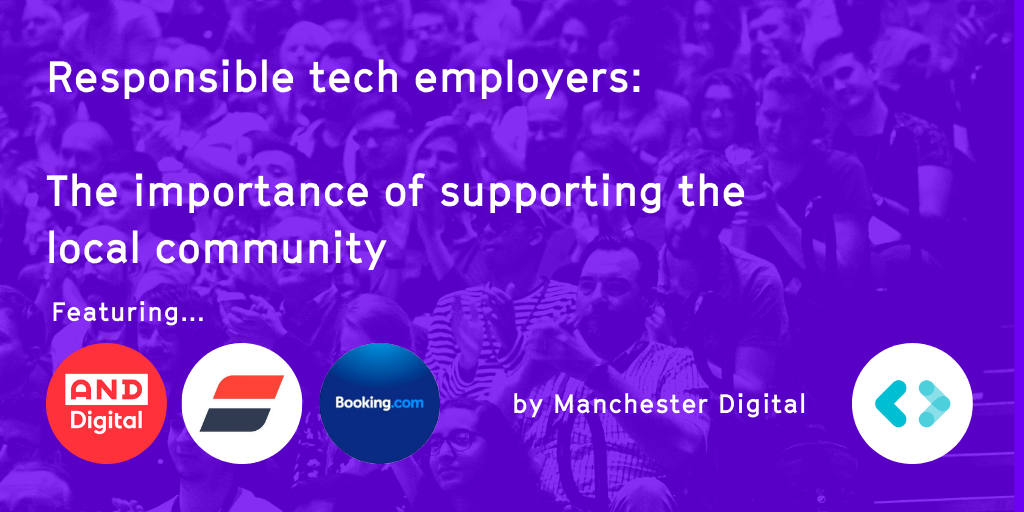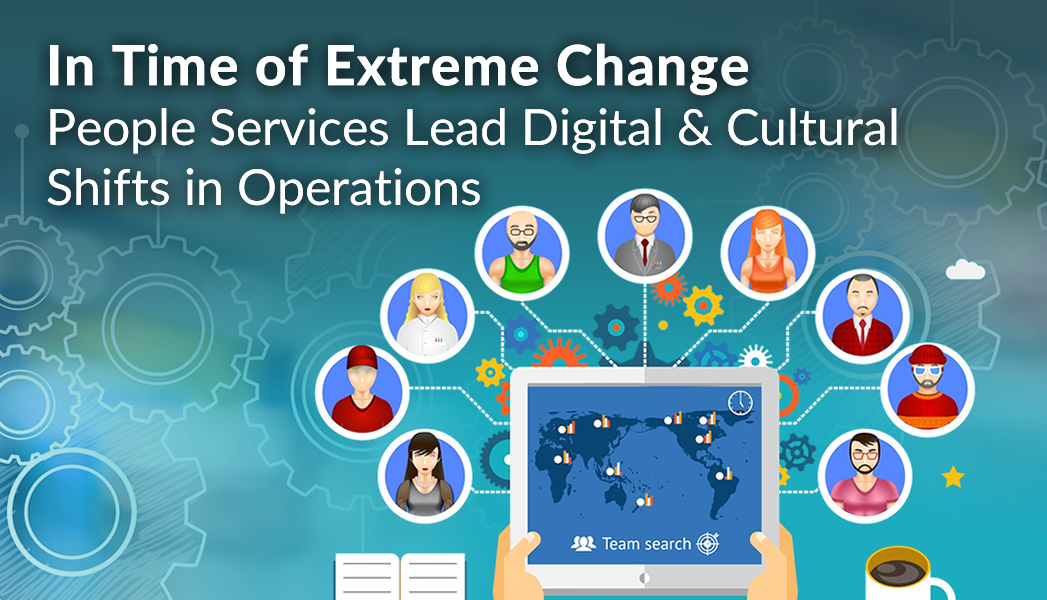
As Omicron eases and rules are relaxed, business leaders are asking again – is now the time to come back to the office, continue remote working or try to combine the two with Hybrid working?
According to McKinsey, 68% of organisations do not yet have a clearly articulated vision or plan in place. In this article, I will look at Hybrid working, see if it really does give you the best of both worlds and, if not, what can you do to make sure it does.
Do our people want Hybrid?
At Chess, we survey our people regularly - the vast majority want to work some of the time from home and some from an office.
The first problem with trying to make this happen is that, in our sample at least, we have varying appetites for this with outliers at either end. Some want to spend 100% of their time at home or in the office. Then, in the middle, people have differing opinions of how much time they want to spend in either.
In a recent McKinsey report, almost 30% of employees say they are likely to switch jobs if made to fully return to on-site work. So getting this wrong, especially now when people are in short supply, could be a serious mistake.
It is challenging to accommodate everyone, so what should you do?
Day to Day
- 100% office people
We have a very small number of people who need to work in the office all the time. In most cases, this is because their home circumstances do not allow for effective home working – and this needs to be respected. So we organised regional hubs and have created a small surplus capacity for other people who live locally to join them if they feel the need.
- 100% home people
This is usually a preference rather than a necessity. That said, as a national company we have always had people with a long or difficult commute to our offices. It's easy to understand why commuting for hours every day is not very popular. We have decided that we will allow people to work from home most of the time (Home First), so I think people understand that when we ask them to go into the office, it is so that they do not miss out if they try to attend remotely.
- Everyone else
As I noted above, this covers a range of different preferences. We know you can't please all of the people all of the time – so we don't try. We have created a clear framework and ensure leaders and managers are trained on how to implement this in their areas. We then allow them discretion within the framework and within their team to organise their world in a way that works for their people and customers. One size fits all usually doesn't. We have some teams primarily in the same locale, but others with people more widely distributed. It would be counter-productive to insist that the former do the same as the latter.
Morale and Team building
There is no doubt that the number one area that people cite as being adversely affected by a lack of face-to-face human contact is that sense of belonging to a wider team. Of course, it is not impossible to keep a team engaged remotely. However, it is important to recognise that we are social creatures, and there is more to social cohesion than staring into someone's face over Teams.
We have provided all our leaders with a budget and guidelines on how to make sure their teams meet regularly, not only for work-related meetings but also socially. We have also reimplemented our summer conference, where everyone is invited. We have a great day presenting our strategy for the next six months and a great party.
Over the next month, we will be implementing a new plan to train leaders to keep people engaged remotely. However, none of us should lose sight of the fact that running remote people requires different skills than those to run your team face to face. We continually share best practice across the business by copying leaders with the most engaged teams.
Covid willing, I am sure we will reinstitute localised Christmas parties in due course as well.
Things to Watch
- Induction
The initial months are a critical time. Make sure your induction is excellent and monitor the morale of new starters over their probation period. It probably cost you a lot to hire them, and you don't want to see them go. Leaders, in particular, need to get to know their new hires – and with many, this will require face to face meetings.
- Productivity tail off
While we all saw a significant productivity increase at the start of Covid, research suggests this is tailing off. So what are you doing to measure and monitor the performance of remote workers? Not simply inputs (like working hours) but outputs that demonstrate your people are actually performing well on key tasks. We focussed on activity and performance metrics in the last six months to identify performance issues and help remedy them quickly.
- Technology doesn't close the gap
Although technology has significantly improved through the pandemic, it is still a very unequal experience. Joining a meeting remotely when most people are in a conference room or office never works that well. Such disparity needs to be avoided where possible. Some companies insist that office-based workers join meetings from their desks when remote workers are joining a meeting, to make the experience more inclusive.
- Innovation
Innovation is probably the hardest thing to do remotely. Any serious attempt at collaborative working I have attempted remotely has not been as good a face-to-face session. Encourage your creative meetings to be held in person. You will get more out of them but perhaps reduce their frequency.
Have a plan
Whatever you do, get a plan. Make sure you communicate and train it out. No one will thank you for the lack of clarity or the institutional chaos that will ensue.
We are always happy to help if you want a chat about this. Our Change Adopt consultants can advise on the most appropriate framework for your needs. Book your free consultation today >









